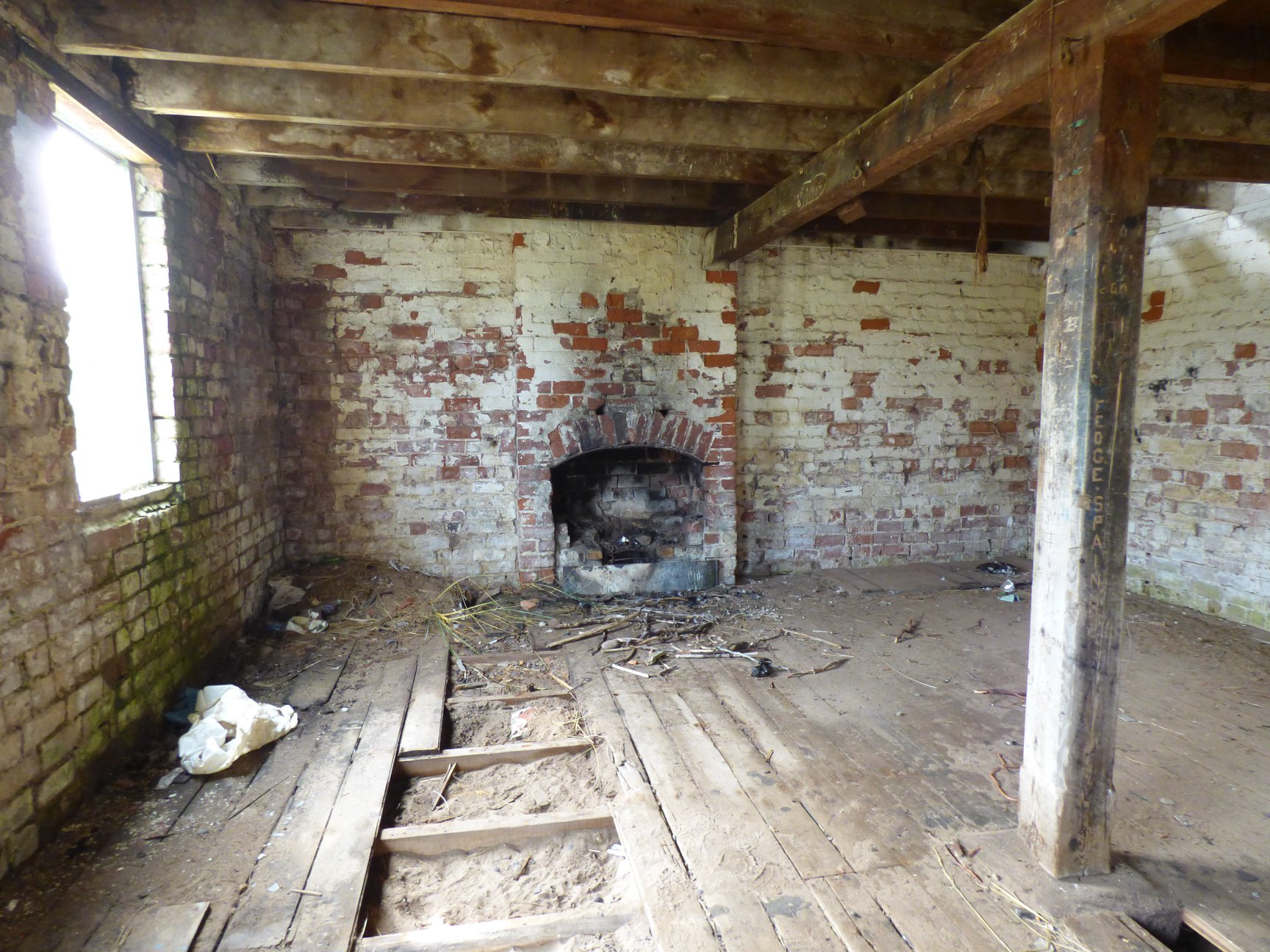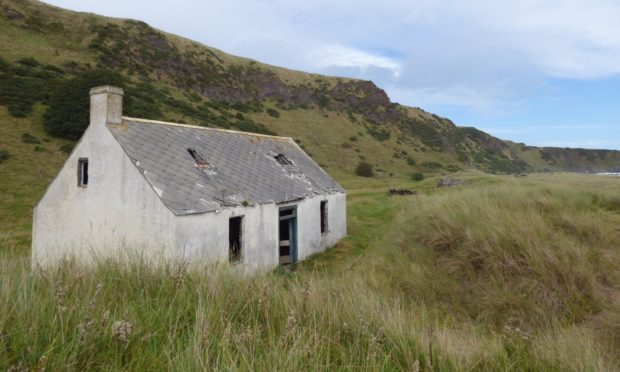A museum could be created on the banks of St Cyrus Nature Reserve.
Two fishing bothies at the north-east beauty spot have been acquired by Scottish Natural Heritage (SNH) from the Esk District Salmon Fishery Board.
The derelict buildings, at the northern end of the reserve, could be used as an outdoor classroom, exhibition area, museum, bothy, or shelter – all ideas from a community consultation on the reserve.
It also means that another 1.7 hectares of dune habitat around the bothies will formally become part of the reserve.
SNH acquired the bothies from the Esk District Salmon Fishery Board for just £1.
Therese Alampo, St Cyrus reserve manager, said: “We’re very excited to now own the bothies and are open to ideas on how to use the bothies, as long as they complement the nature reserve.
“I’d like to thank the Esk District Salmon Fishery Board for allowing us to take over the bothies – for the sum of £1. I’m sure we’ll find a great way to use them to benefit the community.”
Historically, the fishing bothies behind the dunes were used by fisherman to store their nets and equipment, with the areas of short grass near to the bothies are known as drying greens.
Fishing nets were hung over stakes, like a giant washing line, to allow them to dry, and for the fishermen to perform any repairs.
Fishing for sea trout and salmon has been practised at St Cyrus for hundreds of years, and only came to an end in 2009.
They have since been fenced off for safety reasons, and their condition will be assessed and asbestos surveys carried out.
The two small outbuildings near the main bothies, believed to be an old well and generator shed, will be demolished as they can’t be re-purposed.

Their footprints, however, will remain to help document the human history at St Cyrus NNR.
Hughie Campbell Adamson, chairman of the Esk District Salmon Fishery Board, said: “The Esk DSFB was very happy to give these bothies to Scottish Natural Heritage.
“Coastal salmon netting played an important role in the local economy and as part of its culture, and its history and heritage should not be forgotten.”
